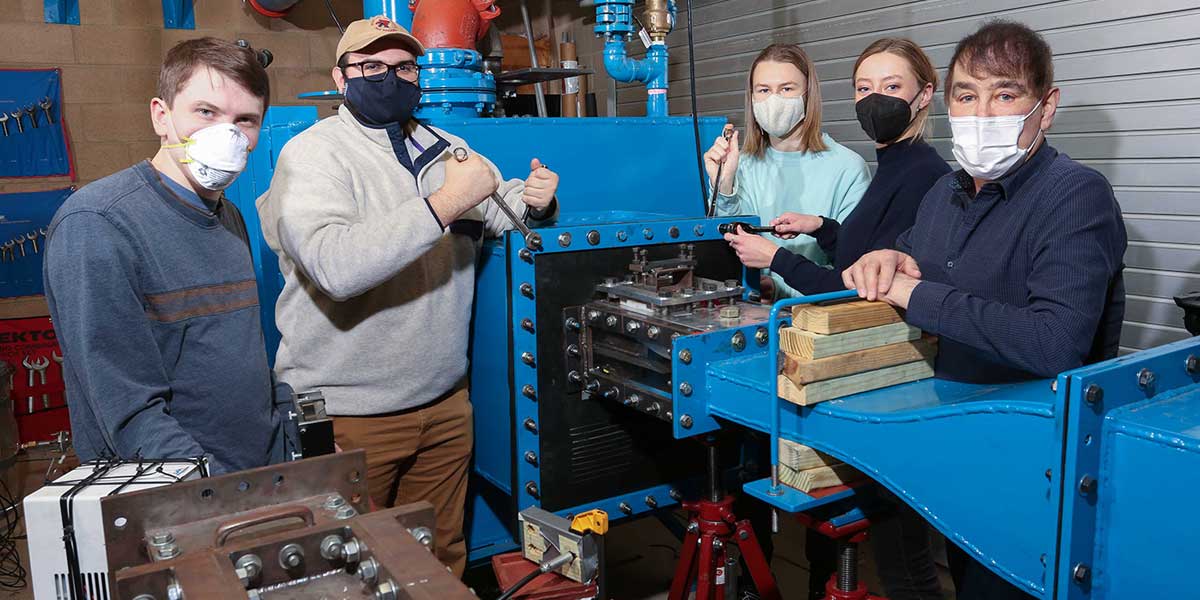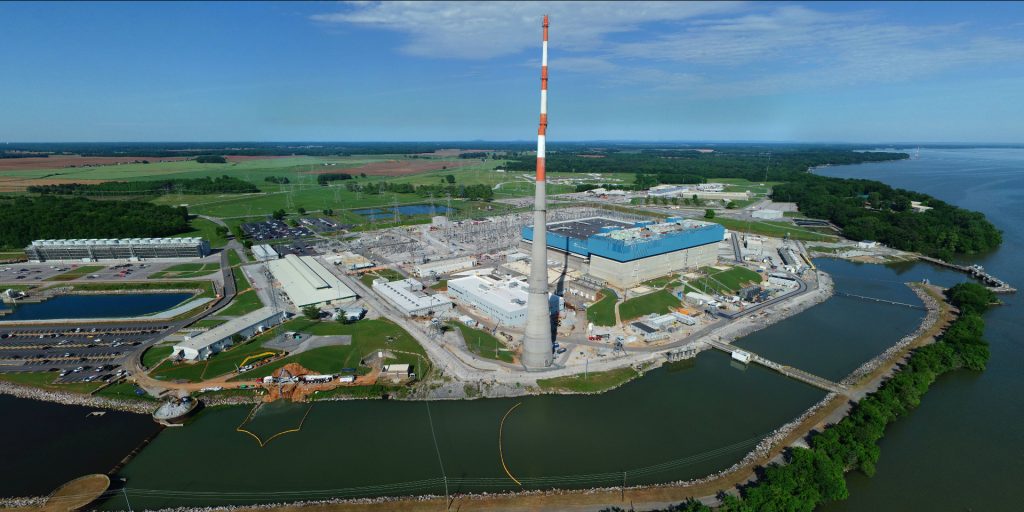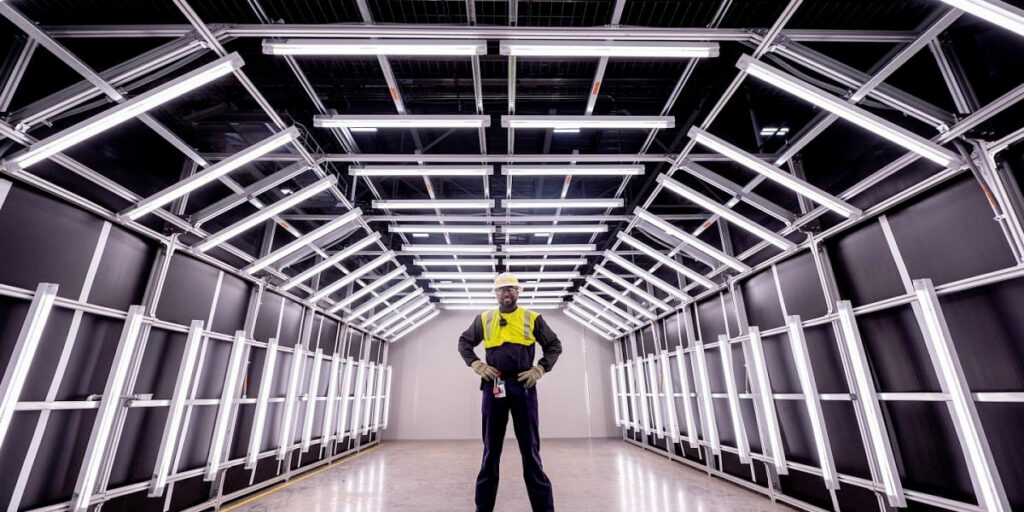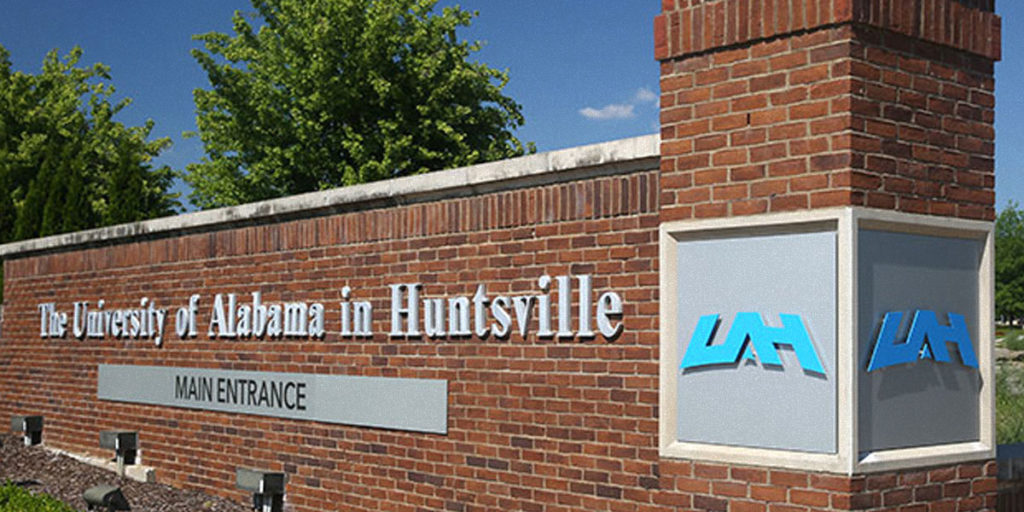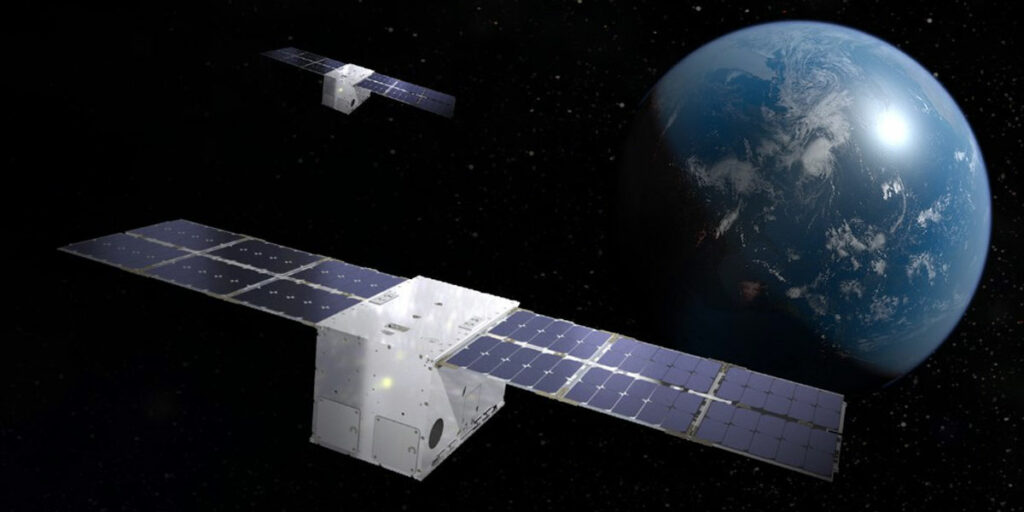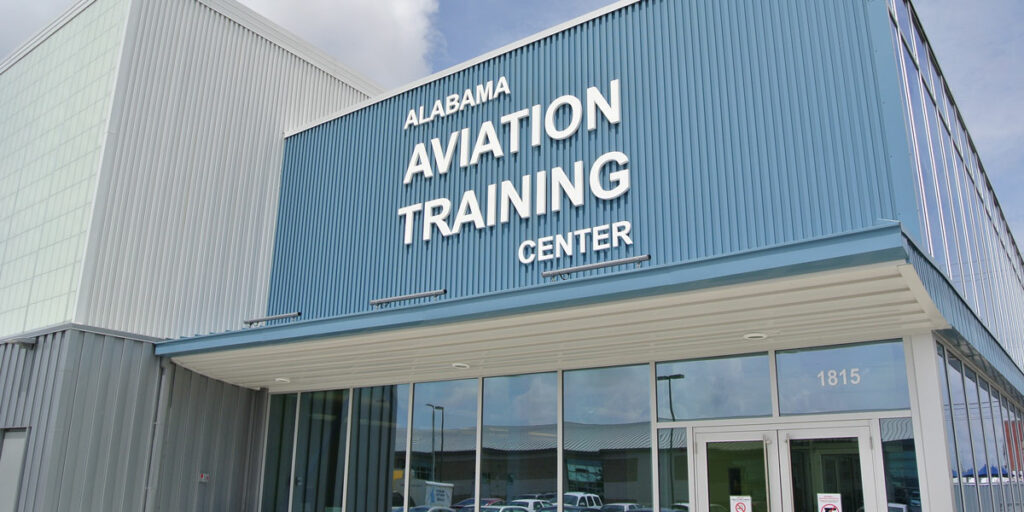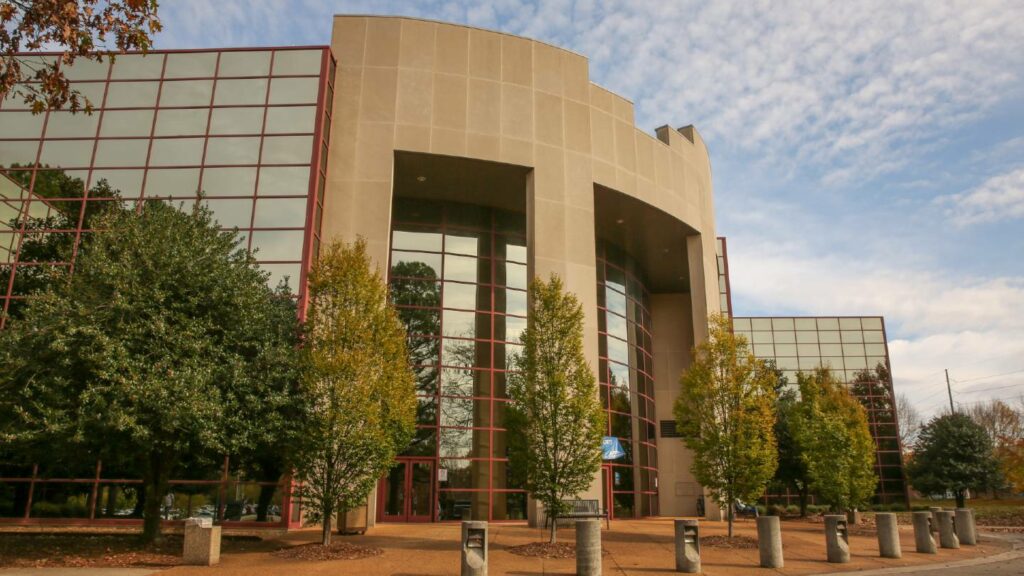The wind tunnel at the University of Alabama in Huntsville (UAH) will be used to study the effects of shock waves at transonic, supersonic and hypersonic speeds under a three-year, $249,000 basic research grant from the Thermal Transport Program of the National Science Foundation.
Known as the SuperSonic/TranSonic/WindTunnel or SS/TS/WT, the $2 million facility at UAH, which is a part of the University of Alabama System, will be used to investigate phenomena ranging from modified turbulence characteristics from complex shock wave structure to altered thermal transport rates from local flow unsteadiness as a result of different types of shock waves. A shock wave is a strong pressure wave produced in supersonic and hypersonic air flows.
The wind tunnel is located in Johnson Research Center on campus, which also houses the Propulsion Research Center where Dr. Phillip Ligrani is a researcher. Dr. Ligrani is the eminent scholar in propulsion and a professor of mechanical and aerospace engineering at UAH.
The ultimate goal is improved understanding of thermal transport, says Dr. Ligrani. Thermal transport is important for internal flows within gas turbines, aero-engines and scramjets, and for external flows around high-speed aircraft, scramjets and hypersonic vehicles, especially within the endoatmosphere. The endoatmosphere is Earth’s lower atmosphere, which extends to around 100 kilometers above the surface.
Dr. Ligrani is the project’s co-principal investigator with Dr. Danesh K Tafti, a professor of mechanical engineering from the Virginia Polytechnic Institute and State University in Blacksburg.
“The project is highly transformational and highly relevant, as a result of direct potential applications to a variety of aerospace and turbomachinery components and devices, including gas turbines, aero-engines, high-speed aircraft, scramjets and hypersonic cruise vehicles,” says Dr. Ligrani.
The fundamental study will use canonical geometries to examine a wide range of Mach numbers, as well as shock wave strength and development, unsteadiness amplitudes and frequencies, and boundary layer development.
“A variety of fascinating phenomena will be investigated, ranging from modified turbulence characteristics from complex shock wave structure to altered thermal transport rates from local flow unsteadiness from different types of shock waves,” he says.
The researchers are developing new test sections and new nozzles for the wind tunnel especially for this investigation.
“The investigation will consider shock waves and shock wave trains, as they are modelled to represent similar phenomena within isolators of scramjet engines, transonic turbine blade tip environments, and within intake apparatus of aero-propulsion systems of high Mach number aircraft,” says Dr. Ligrani.
At UAH, mechanical and aerospace doctoral student Ward Manneschmidt and mechanical and aerospace master’s degree student Kyle Goethals will be involved in the research. In Virginia, Dr. Tafti and his students will perform numerical predictions of the flows that are investigated experimentally.
“We anticipate new knowledge and new discoveries in regard to extreme thermal transport events in supersonic and hypersonic shock wave-turbulence interactions,” Dr. Ligrani says.
(Courtesy of UAH)




